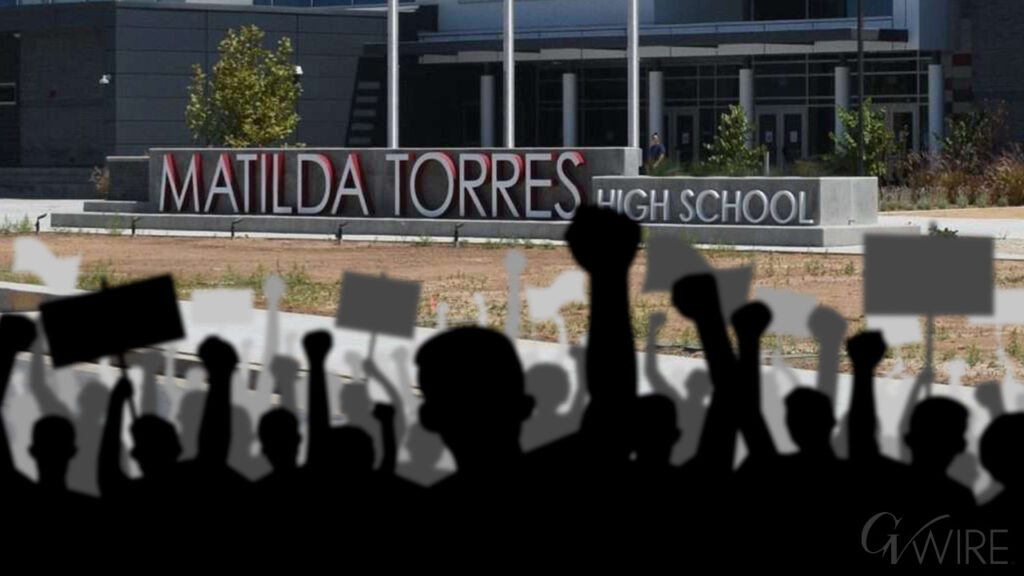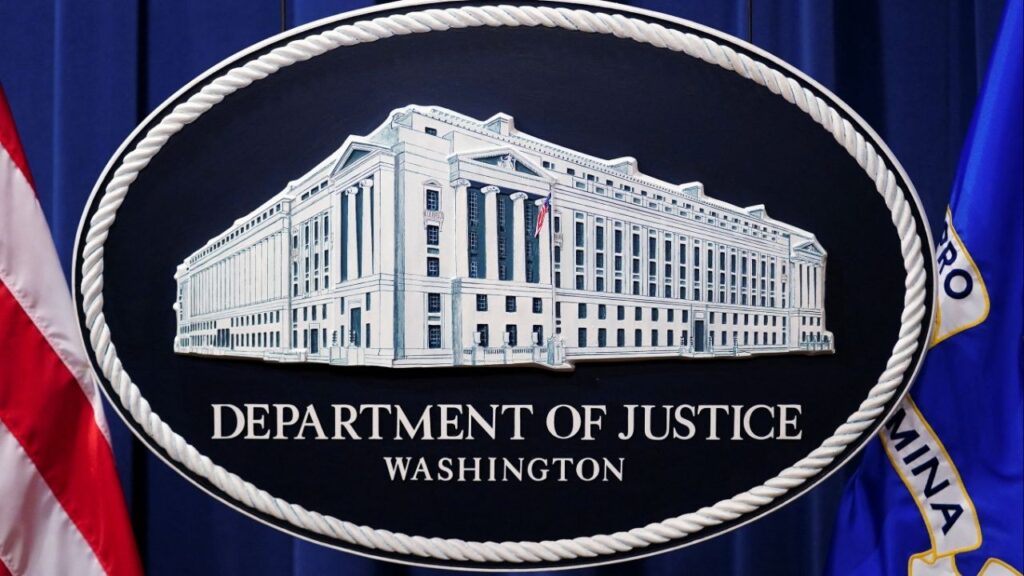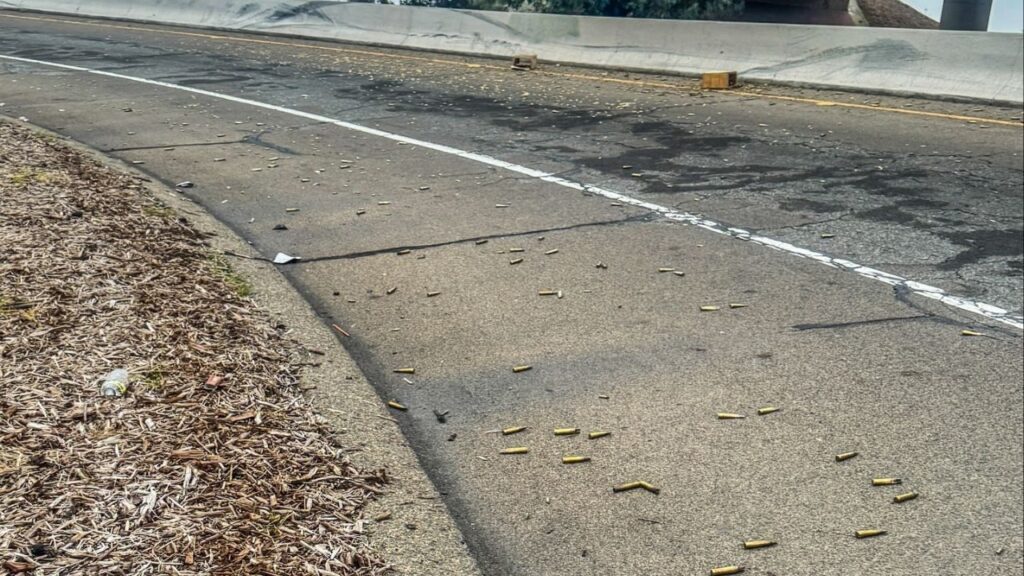Share
|
Getting your Trinity Audio player ready...
|
As a popular Tahoe ski resort digs out from a tragedy that killed a skier and buried several others, scientists say predicting how the warming planet will affect avalanches is elusive at best.

Rachel Becker
CalMatters
Just after lifts opened on Wednesday, an avalanche tore through the Palisades Tahoe ski resort, creating a 10-foot-deep debris field that stretched 450 feet long and 150 feet wide. A second one struck in neighboring Alpine Meadows this afternoon, although no one was injured. The US Forest Service and ski resorts take steps to forecast and prevent dangerous slides, and avalanche fatalities at ski resorts remain rare: Before this week, the last one in California was four years ago.
But what can California’s skiers and snowboarders expect as Sierra Nevada snow patterns are becoming unpredictable because of climate change? Experts say understanding the effects on avalanches is tricky: Climate change is not just a matter of warming temperatures but also altered patterns in storms and snow cover.
An array of factors such as wind, rain, previous snowpack and temperatures can all enter into the equation of what causes a mass of snow to slide down a mountain.
“We are humans working in a natural world. And so everybody does the best they can,” said Jim Steenburgh, a University of Utah professor of atmospheric sciences and author of the book “Secrets of the Greatest Snow on Earth.”
The circumstances that lead to avalanches are multifaceted, Steenburgh said: a weak layer in the snowpack, a steep slope and a trigger — usually people on the slope. The frequency of human-triggered avalanches in the future will continue to depend in large part on how many skiers and snowboarders recreate in risky backcountry areas.
That also means untangling the effects of climate change is especially difficult, or “elusive,” as one team of scientists said.
Still, researchers are making a few predictions. Lower-elevation areas that see less snow in a warmer future may see fewer avalanches, but higher elevations could see more intense storms and the potential effects on avalanches there are uncertain.
The United Nations’ Intergovernmental Panel on Climate Change reported in 2019 that there was medium evidence for less avalanche hazard at lower elevations, and mixed changes at high elevation. Though the report predicted an increase in avalanches involving wet snow, they found “no clear direction of trend for overall avalanche activity.”
Avalanches involving wet snow could increase — as could conditions where scarce snow and cold, clear weather combine to cause persistent weak layers in the snowpack, creating “a major threat to recreationists,” a team of researchers from Switzerland, Italy and the U.S. wrote in a 2021 review paper.
Trauma and injuries could rise as snowpacks dwindle, with less snow to cushion blows from the terrain. And wetter avalanches also could increase buried victims’ risk of suffocation in the higher-density snow.
“There will be a higher risk of disastrous events where poorly managed winter tourism activities, transportation routes, and exploitation of natural resources lead to increases in exposure,” the international study said.
Mixed findings also were reported on other mountain ranges around the planet. Climate warming was linked to an increase in wet snow avalanches in the Western Himalayas — which the researchers said “contradict the intuitive notion that warming results in less snow, and thus lower avalanche activity.”
But three years later, another team found that the number and magnitude of avalanches dropped substantially at low-to-medium elevations of the Vosges Mountains in northeast France as snow became scarce. They predicted that the increases observed in the Alps and Himalayas “will eventually vanish as warming will become more pronounced to reduce snow cover at increasingly higher elevations.”
Mike Reitzell, president of Ski California, a trade association of 36 ski areas in California and Nevada, said ski resorts in avalanche-prone terrain already have programs to reduce the dangers – regardless of the impacts of climate change.
“The slope angles aren’t going to change with climate change,” Reitzell said. “The type of snowpack that there is, whether it’s a wet snow versus a drier snow, those are things they would already be analyzing anyway.”
Dangerous Avalanche Conditions
Ski resorts have long used explosives and artillery to trigger avalanches and remove the mass of snow before it can produce avalanches dangerous to visitors. “This greatly reduces, but does not eliminate the avalanche threat,” Steenburgh said.
Before the deadly event on Wednesday, the Sierra Avalanche Center forecast a “considerable” risk of avalanches in the Central Sierra Nevada backcountry.
“Dangerous avalanche conditions will continue today. New snow and high winds have loadedexisting weak layers in our snowpack. Large avalanches are the main concern today failing well below our recent storm snow. High winds will also continue to create slabs of wind blown snow in exposed areas,” the center reported today.

Palisades Tahoe said the cause of the avalanche was under investigation.
The resort had already seen a smattering of storms in the months before. Then the wind picked up on Monday night, and light snow started Wednesday morning before the avalanche occurred, according to Chris Johnston, a meteorologist with the National Weather Service office in Reno, Nevada. The storm dropped about 14 inches of snow on the resort’s upper mountain area over 24 hours.
The avalanche occurred just minutes after the resort opened on a steep, black diamond run made famous during the 1960 Olympics’ alpine skiing events at the resort, then called Squaw Valley. It was the first day that the famed KT-22 lift had opened for the season. While Palisades reopened today, KT-22 and nine other lifts remained closed.
Craig Clements, a San Jose State University chair and professor of meteorology who teaches a mountain meteorology class that covers avalanche mechanics, said conditions were primed for an avalanche because high winds transported snow to form a thick slab atop of weak layers of snow.
“You have a weak shear zone there, and so basically, all that new snow can slide … you just need to trigger it,” Clements said. “And then it will slide downslope — and that is dangerous.”
About the Author
Rachel Becker is a journalist reporting on California’s complex water challenges and water policy issues for CalMatters. Rachel has a background in biology, with master’s degrees in both immunology and science journalism. Before joining CalMatters, Rachel was a staff science reporter at The Verge, and her byline has also appeared in outlets including National Geographic News, Smithsonian, Slate, and Nature. In 2021 she won first place for Outstanding Beat Reporting from the Society of Environmental Journalists, and in 2022 Rachel was the inaugural recipient of the Water Education Foundation’s Rita Schmidt Sudman Award for Excellence in Water Journalism.
About CalMatters
CalMatters is a nonprofit, nonpartisan newsroom committed to explaining California policy and politics.
RELATED TOPICS:
Categories

Venmo Down for Thousands of Users, Downdetector Reports


















